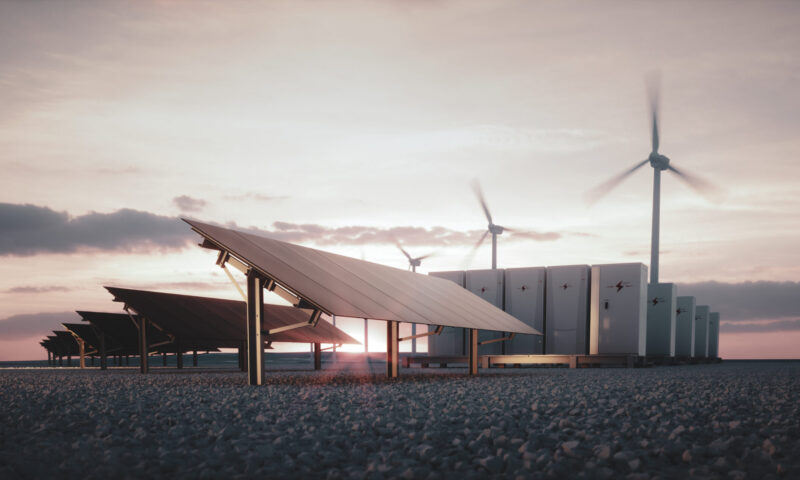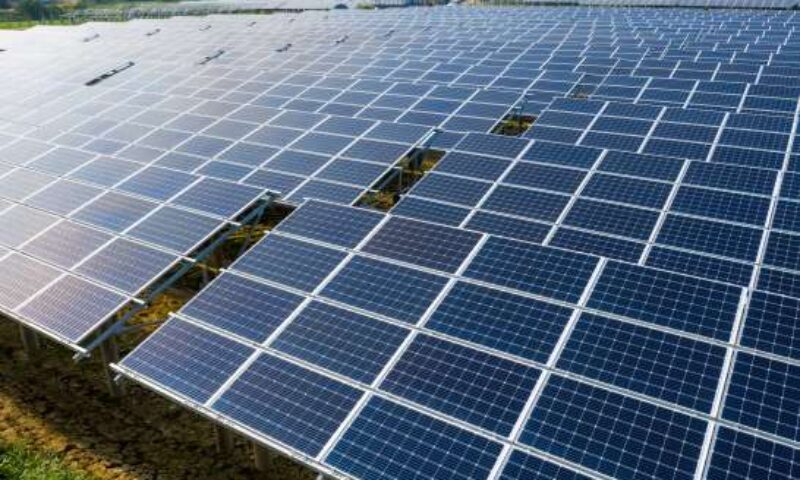The task of inverters in a PV installation results from their very definition, namely to transform direct voltage generated by panels or batteries into alternating voltage with a specific phase, appropriate for the building that is to be powered. Apart from photovoltaics, inverters are used in packaging machines, fans and trams, where they change direct traction current into alternating current that drives the engine.
Types of inverters available on the market:
- network (on-grid) – adapted to work in an environment with a connection to the general network,
- not compatible with the grid (off-grid/island inverters) – they work without being connected to the general grid, to use them you need a battery that will store the electricity generated by the batteries,
- hybrid – enable the connection of two work systems – simultaneous energy storage and connection to the general grid.
There is also a second division of inverters, depending on the number of connection phases:
- single-phase inverters – used for small installations, mainly home installations, where there is little power demand,
- three-phase inverters – used mainly in industry and large facilities, such as hotels or office buildings, although three-phase inverters are sometimes installed in home PV installations, where the demand for power is higher than average to some extent.
However, this division is not a general rule – all installation elements should always be adjusted to the individual needs of the building that is to be powered by this type of energy.
When it comes to popularity, grid inverters are the most common in Poland due to the still high prices of home energy storage facilities. If you don’t know what energy storage is and whether it is a suitable solution for your home, please refer to our previous article on this topic.




